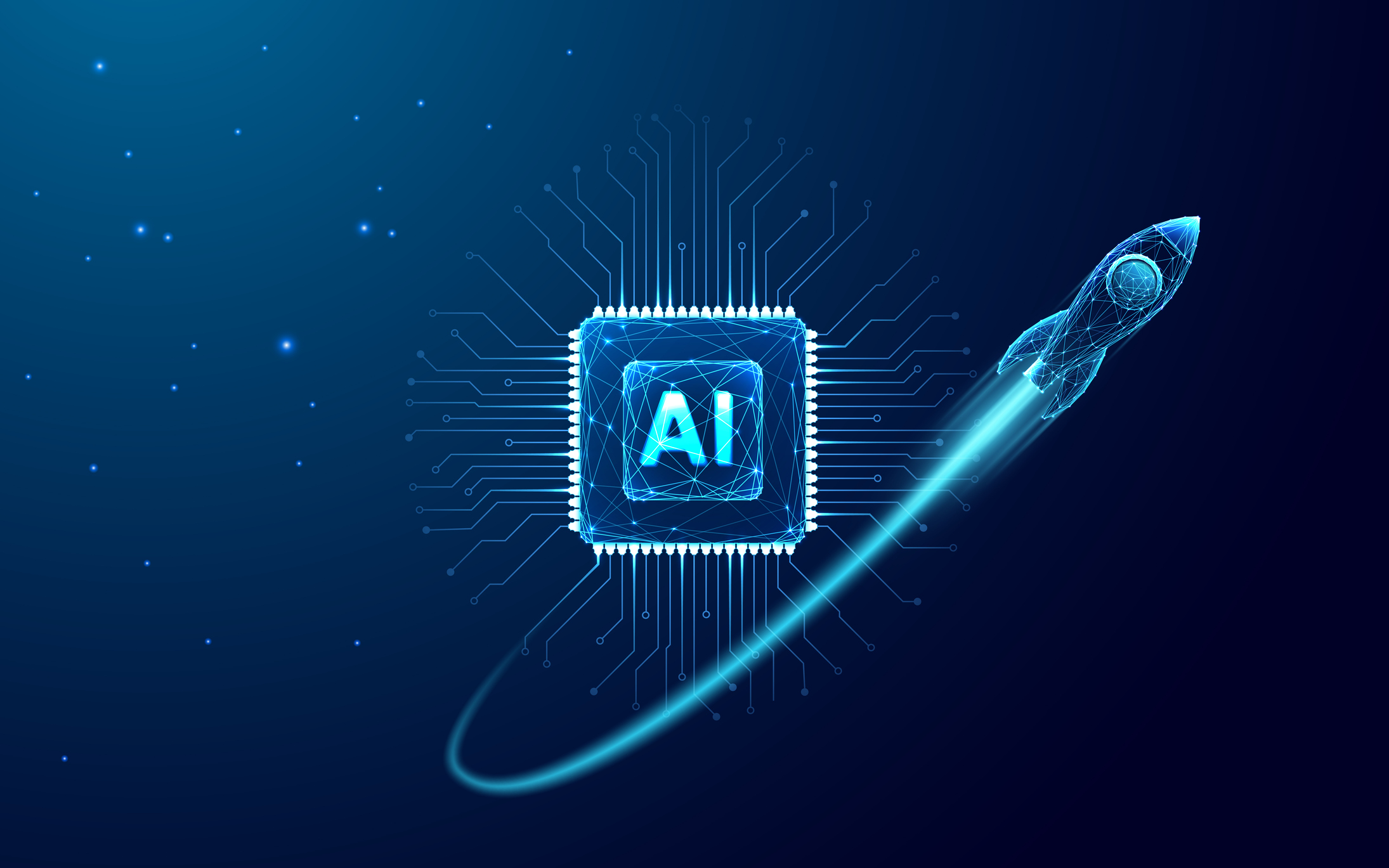
Digital interaction is now a must to build successful customer relationships. Data-sensitive industries like healthcare, financial services, and government have been somewhat delayed from fully embracing digital innovation due to privacy concerns and regulations surrounding communications. As a result, digital experiences customers have in these industries are often less than satisfactory, especially when they involve an exchange of sensitive customer information.
It’s time to recognize that it’s no longer enough to post a PDF to a Web portal and send a notification email regarding its existence. Customers expect better experiences, ones that are built for their mobile devices with content that’s personalized and easy to navigate and consume.
The pressure to deliver a better digital experience is mounting. While some business processes have lent themselves well to digitization, the traditional approaches and systems to managing regulated customer communications have not. These document centric processes and the systems that support them by their very nature do not support the requirement that digital channels have for snippets of content. To prevent content from being locked away in silos, and to ensure brand consistency of messaging, businesses need to find a new way to manage their content, particularly when it comes to regulated marketing and servicing communications. Part of this requires leveraging the right content in the right moment in the right channel.
Given the diversity of communication channels today, it is time to stop looking at the world of customer communications through an individual document lens. Organizations instead need to focus on the content that needs to be sent. Moving away from a traditional one-off template mindset in which each version of a communication for each segment stands alone is a challenge, but a necessary one. Businesses need to change the approach and break documents down into content components or modules that can be reused, varied, and personalized to drive deeper meaning and engagement. Taking this a step further, the content modules or objects that vary from product to product or segment to segment are data-driven variations of the content. This is like the CORE content model (Create Once Repurpose Everywhere), that supports creating variations for different applications, or, in this case, products or market segments. When the appropriate content object is substituted into a communication, given the right condition according to the data or channel, it becomes easy to drive communications that speak to a customer’s individual needs. To accomplish this at scale, content needs to be able to be shared across touchpoints, across channels, so your teams don’t have to redundantly implement the same content online as they do in an email or print touchpoint.
Additionally, with the modular approach, compliance becomes easier to manage. All legal terms and conditions are reviewed and edited with control to specific users. Utilizing common components with custom messaging specific to the market segment and expedited deployment through media channels significantly reduces time to market significantly. Going modular blows up the document-centric paradigm and facilitates more relevant, engaging, and efficient communications.
In general, headless solutions are capable of functioning without a graphical user interface, but are instead connected to another application via application programming interfaces (APIs) that provide the frontend. Headless CCM enables developers to access the regulated, data-driven, sensitive content managed in Messagepoint’s intelligent content hub via APIs for use in digital endpoints.
In Messagepoint, content is abstracted from the presentation layer. This enables it to be accessed and delivered via (APIs) so that any front-end tool can display and format the content. CCM solutions have delivered HTML content for some time, but headless capabilities enable content to be delivered beyond emails and websites and apps to a much broader range of digital endpoints. It also enables organizations to leverage just the right component of content they need when they need it. In fact, headless CCM can leverage your entire content repository, content variations, and customer data and push it out to those endpoints using Hypertext Markup Language (HTML) or code-light JavaScript Object Notation (JSON) formats. The presentation is typically determined at the digital destination, for instance by a web portal’s own HTML.
Generated at the point of creation or via API, such HTML/JSON content allows for seamless, and limitless, integration into digital platforms, portals, and apps. This means headless CCM has the potential to accrue real benefits for both originator and recipient. Customers have a much better digital experience, one that is responsive and personalized, as opposed to trying to zoom in to scroll through a lengthy PDF. Load times also improve since there’s no more waiting for documents to upload or download. And developers can leverage existing content in multiple places at the same time, without having to house and manage the same content in multiple locations.
Recently, to improve the customer experience, a leading bank needed a way to enable their customers to use their credit cards immediately upon approval via their mobile application, rather than waiting for a printed card to arrive in the mail. The bank was already using Messagepoint to manage credit card disclosures for card carriers, disclosure documents, and physical and digital card application processes. Before customers could use the cards digitally, regulations required that the bank present customers with their specific cost of borrowing disclosures (COB) details. To enable this directly in the mobile app, the bank needed a highly available, high-performance, and fully-scalable solution that could push the correct COB to each specific customer, depending on which card and terms applied.
The COB content was already a shared content component leveraging Messagepoint’s powerful SmartText content reuse capability. The bank was able to leverage that very same component as a dynamic content object for the mobile app. Using a content API, the bank sends the right COB to each customers’ mobile app instance in JSON format. Customers are now able to begin using their credit cards immediately after approval, using only their phones, resulting in a great digital customer experience. Messagepoint’s headless CCM capabilities enabled the bank to leverage the content in its traditional composed communication archive in an innovative, headless way.
That’s the power of headless CCM. It centralizes control over your content to eliminate redundancy, leverages Messagepoint’s powerful personalization and dynamic variation capabilities, and has the flexibility to provide content in the formats needed to support digital endpoints. The result is personalized, instantaneous, responsiveness required by modern digital experiences.
Obviously, the future of work will still include documents in various forms. But the way those documents are authored and delivered will change. It’s time for businesses to move away from document-centric management models to more flexible modular content management approaches designed to support both old and new customer experiences.
Instead of rapidly proliferating content and document templates being duplicated across multiple systems and siloes, content must be dynamically curated, abstracted from the presentation layer and purpose-built for its intended audiences. Centralized content is much more efficient. Employing centralized content management does away with the all-or-nothing approach in which a simple change to one element requires that each full document be edited, reviewed, and approved, rather than only the changing component itself. Those components can be shared across all documents and pushed out to all digital endpoints. Headless CCM is simple, fast, and efficient, and a forward-thinking way to manage content.
Taking this approach will enable businesses to support the dynamic nature of digital channels and personalization requirements, while also eliminating content silos and operational inefficiencies that currently plague today’s content management approaches.
When seeking a headless CCM provider, look for a provider who offers:
Digital experiences are the way of the future. It’s what customers want, and increasingly, what they expect. The current methods by which business manage their customer communications must change, in order to meet the needs and expectations of customers. For fast, responsive customer communications, the best way forward is with headless CCM.
Messagepoint can help you navigate the transition. Contact us to learn how.


Translation of member materials is an onerous burden for Medicare Advantage Organizations (MAOs). The Centers for Medicare &…
Read the Article
Document management teams have been dealing with the same change management issues for close to two decades. Changes…
Read the Article